
2018
Ink on cotton
3’ x 13’ and 3’ x 5’
Exhibition History:
2019, Instances of Behavioral Dissonance, Border Control: Symposium & Exhibition, New Media Caucus, Ann Arbor, MI
2019, No Walls, No Bans, No Borders, The Peale Center, Baltimore, MD
2019, Supernova, StartUp Shell, University of Maryland, College Park, MD
︎
Ink on cotton
3’ x 13’ and 3’ x 5’
Exhibition History:
2019, Instances of Behavioral Dissonance, Border Control: Symposium & Exhibition, New Media Caucus, Ann Arbor, MI
2019, No Walls, No Bans, No Borders, The Peale Center, Baltimore, MD
2019, Supernova, StartUp Shell, University of Maryland, College Park, MD
As Ritual, As Liminal creates social commentary and critique around the Saudi government’s involvement in behavioral dissonance, participating in various forms of corruption while also being the host country of Islam’s most holy site. Aestheticizing the Ka’bah as a concept and as a monument, this piece melds two theorists’ concepts of physical and metaphorical space.
In Islam, pilgrimage to the Ka’bah (called Hajj) located in Mecca, Saudi Arabia is a ritual that acts as an opportunity for self-renewal, cleansing one of all previous sins once completed. The duration of this practice puts one into a space of liminality where all social status is suspended through the unison of dress (unsewn white cotton) and action called ihram, a “sacred state” of being. This ritual of Hajj is intrinsically connected to—and therefore can only take place in—Mecca. Beginning in the early 1900’s, Saudi’s discovery of crude oil catalyzed their hand in globalization and monetary greed, exemplified by their nationalization of the oil supply. Largely in response to the oil spills of the past decade, it has been discovered that raw cotton, the same material used for ihram clothing during Hajj, is the best absorbent of crude petroleum aka Saudi’s most popular export. It is almost to say that a reminder of their religious foundation could amend or begin to resolve the harm done by the Saudi government.
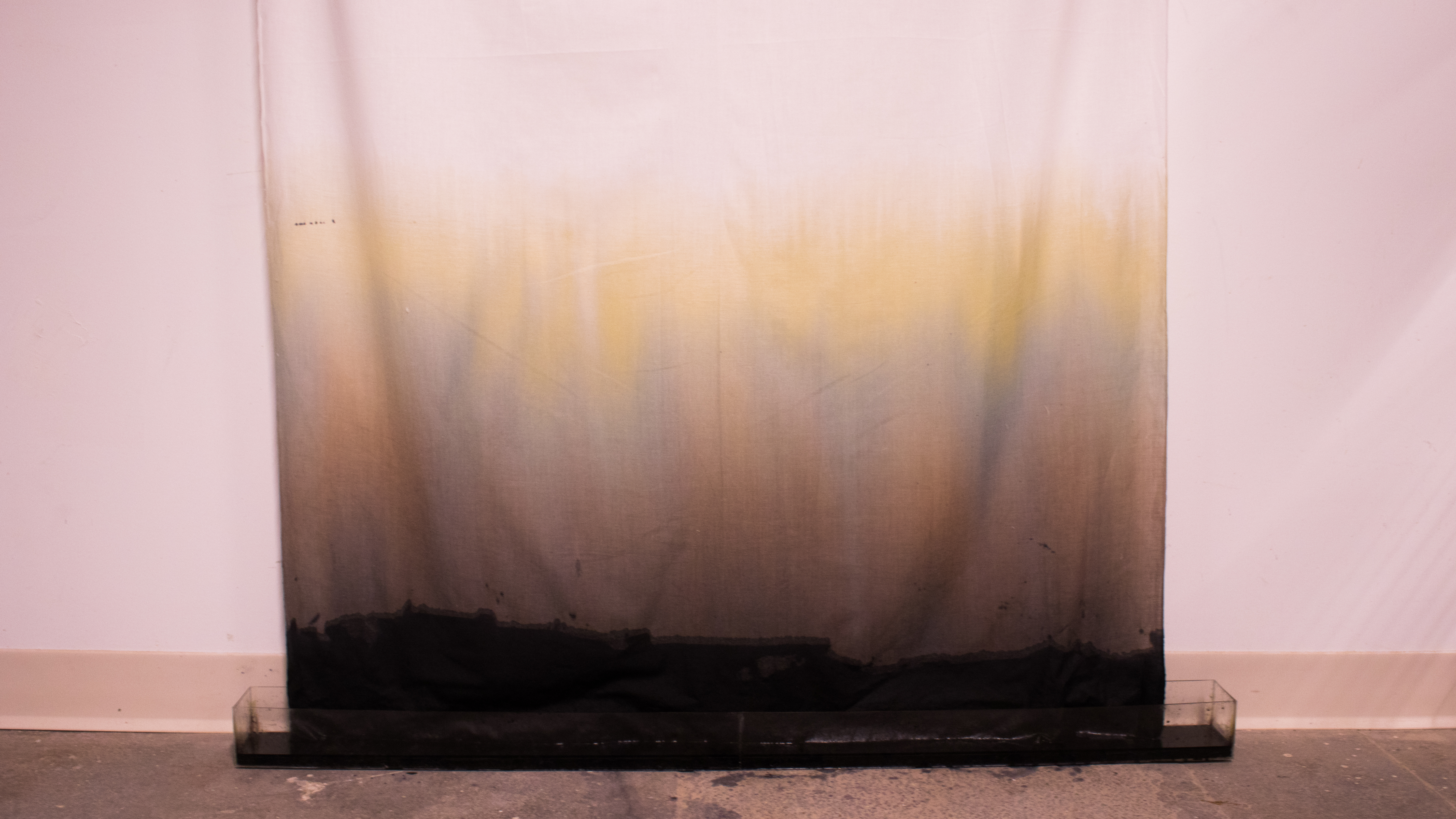

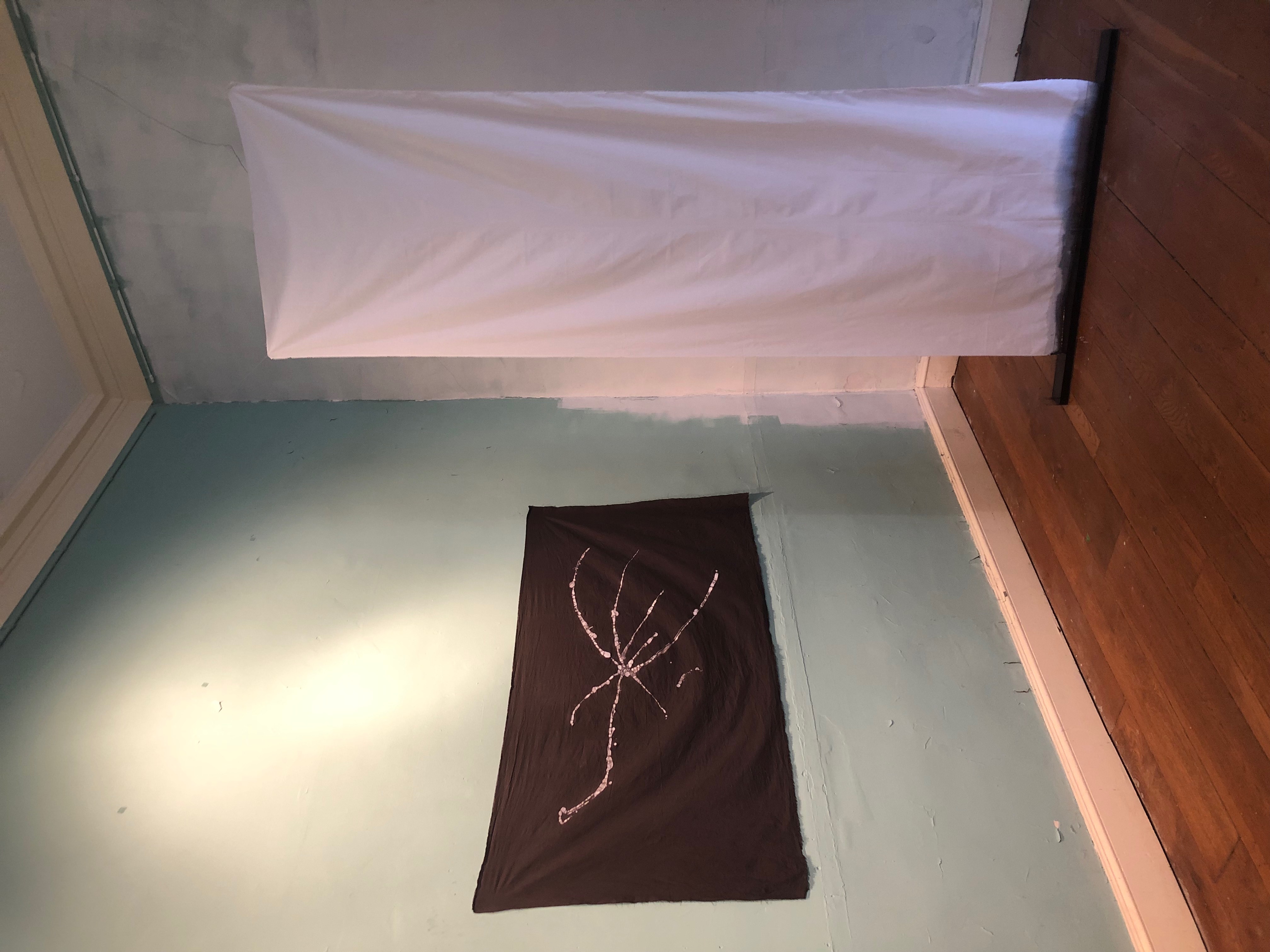
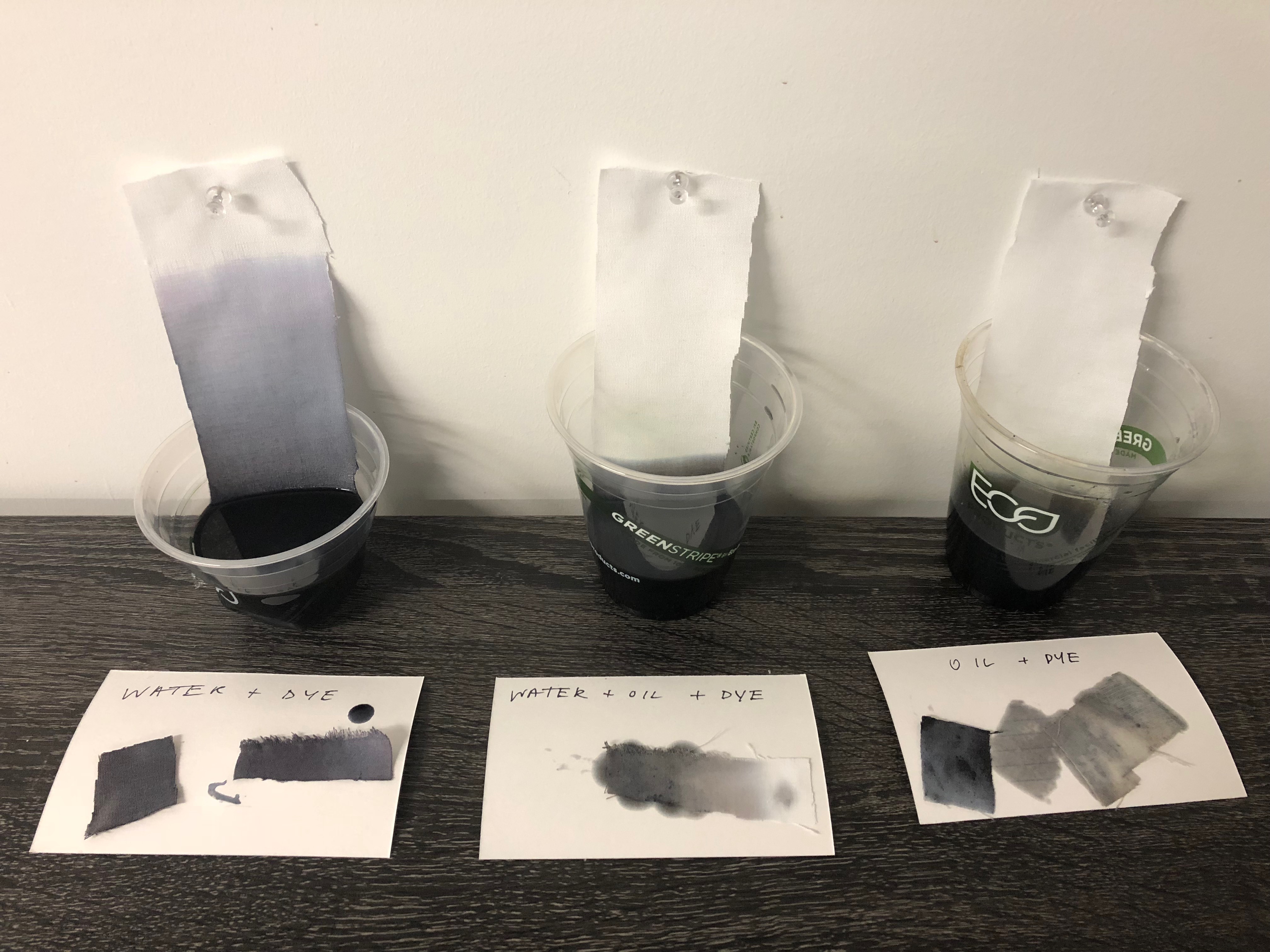
No. 1 (above) functions as a hands-off, site-specific, and time-based installation experimenting with the seep and wick of the oil into fabric. Slowly rising over time, it will begin to resemble a wall of the Kabah’s black kiswah, producing a final sense of place. Audiences are encouraged to encircle the fixture, reenacting the ritualistic movements of Hajj called tawaf, or walking in circles around Ka’bah.
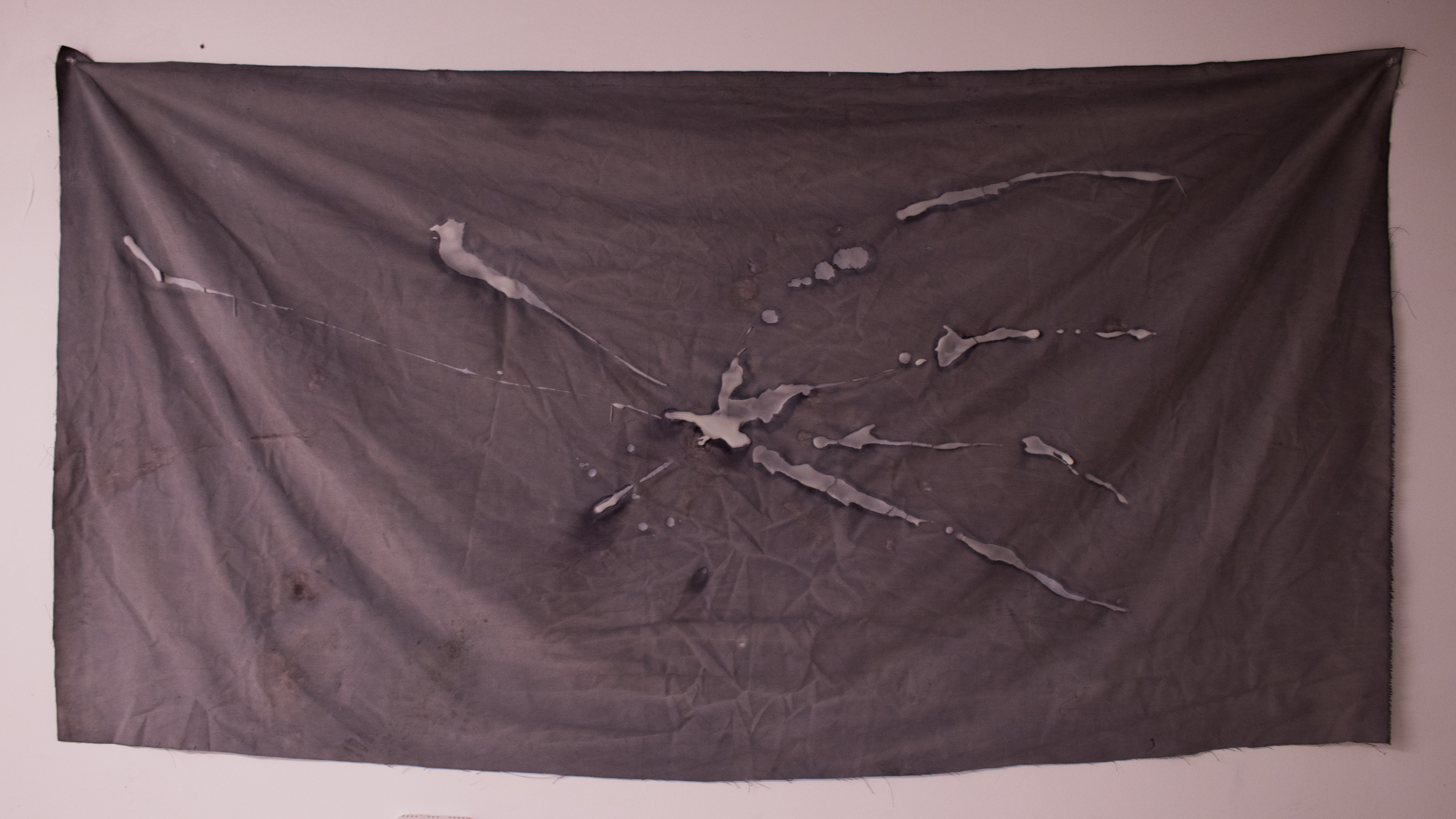
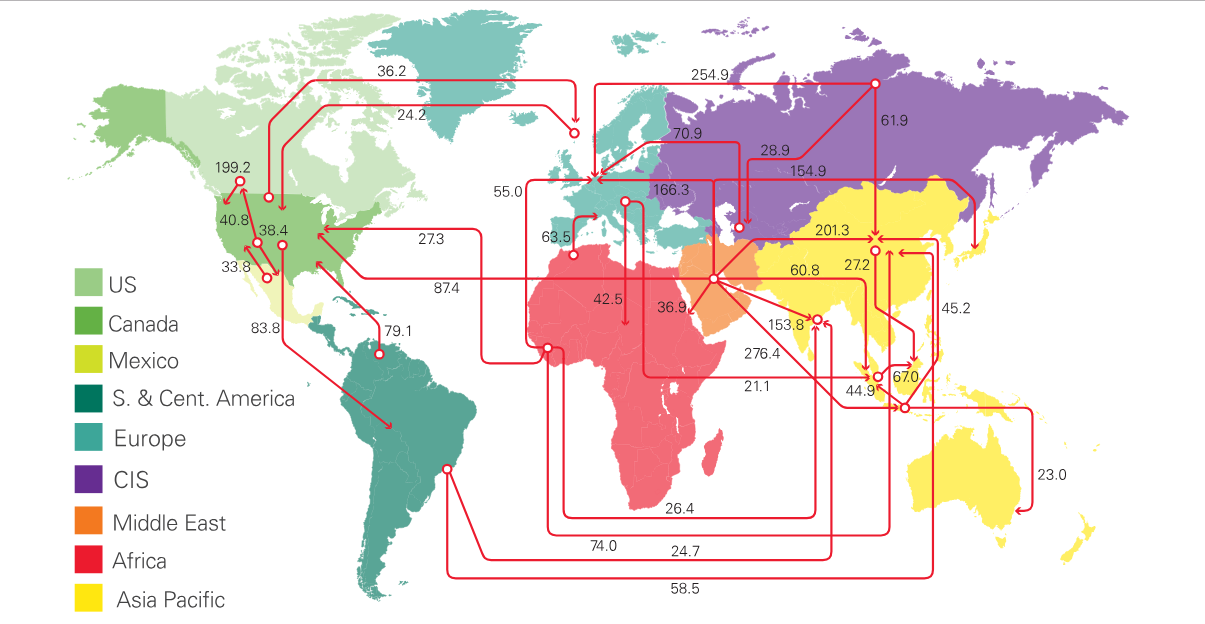
No 2. (above) uses the hands-on process of batik and dyeing to reference active agents of change within society. Based on a statistical graph of BP’s 2017 Global Oil trade movements with 8 paths exporting from the Middle East alone, the decontextualized paths imitate duality as both the exports of oil trade as well as the international import of pilgrims for the religious migration of Hajj into Saudi Arabia.